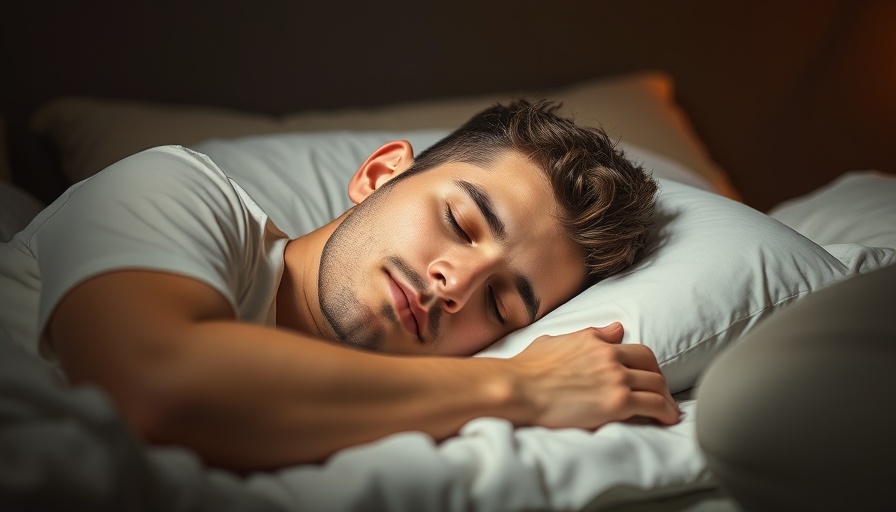
Understanding Sleep Trackers: How Do They Work?
As sleep disorders become increasingly prevalent, many individuals are turning to technology for solutions. Enter sleep trackers, the devices attached to our wrists or fingers that promise to provide insights into our nightly rest. But have you ever wondered how these gadgets actually work? In essence, most sleep trackers utilize a combination of accelerometers and photoplethysmography (PPG) to offer a glimpse into our sleep patterns. This is *particularly useful* for those with sleep disorders looking for at-home solutions to monitor their rest.
Beyond the Basics: The Science of Sleep Tracking
At the core of effective sleep monitoring is understanding its multi-faceted nature. During sleep, our bodies cycle through various stages, including light sleep, deep sleep, and rapid eye movement (REM) sleep. Traditional methods to measure these phases, like polysomnography (PSG), are invasive and require multiple wires and sensors. Wearable trackers provide a non-intrusive alternative that may not be as accurate, but they offer convenience that PSG cannot.
Heart Rate and Movement: The Key Metrics.
Sleep trackers make use of *actigraphy* and PPG technology to measure heart rate and movement. While actigraphy tracks movement to indicate wakefulness or sleep, PPG measures blood flow, utilizing tiny green lights that monitor physiological metrics. This combination allows trackers to estimate your sleep stages based on how your body reacts when you’re asleep versus when you’re awake. However, it’s worth noting that this technology isn’t infallible; periods of rest while fully awake can sometimes be misclassified as sleep, particularly when engaged in quiet activities like reading.
Accuracy: How Reliable Are Sleep Trackers?
When assessing the reliability of sleep trackers, it's essential to recognize that they provide estimates rather than conclusive data. Some studies suggest that while they can identify general sleep trends, the specifics can be misleading for those grappling with deeper sleep issues. If you're relying on this data to manage a sleep disorder, the nuances become even more crucial. How accurately the device interprets your movements and heart rhythms may determine its effectiveness for your personal needs.
Are Sleep Trackers Worth It?
For those invested in understanding their sleep patterns, sleep trackers can provide valuable insights. They serve not only as a monitoring tool but also as a motivator for implementing healthier sleep habits. However, they shouldn't replace professional medical advice or sleep studies, especially when significant sleep disorders disrupt daily life. Instead, they can complement professional guidance and enhance awareness around sleep health.
Tips for Maximizing the Benefits of Sleep Trackers
If you’ve decided to incorporate a sleep tracker into your routine, here are several tips to maximize your benefits:
- Consistency is Key: Wear your sleep tracker every night to get the most accurate data. Regularity helps in recognizing sleep trends over time.
- Combine Data with a Journal: Pair your tracker’s data with a sleep diary. This will help differentiate genuine sleep trends from wakefulness misidentified as sleep.
- Focus on Patterns: Rather than fixating on nightly variations, look for overarching trends over weeks or months to make actionable changes.
Conclusion: Empowering Your Sleep Journey
With the rise of technology, the quest for understanding our sleep has become easier, yet the responsibility lies with us to interpret and use this data wisely. For those who deal with sleep disorders, sleep trackers might be a step toward empowerment, helping you to reclaim better sleep and, ultimately, a better quality of life. So, consider giving one a try—after all, your sleep is worth monitoring, especially on the path to recovery.
 Add Row
Add Row  Add
Add 




Write A Comment